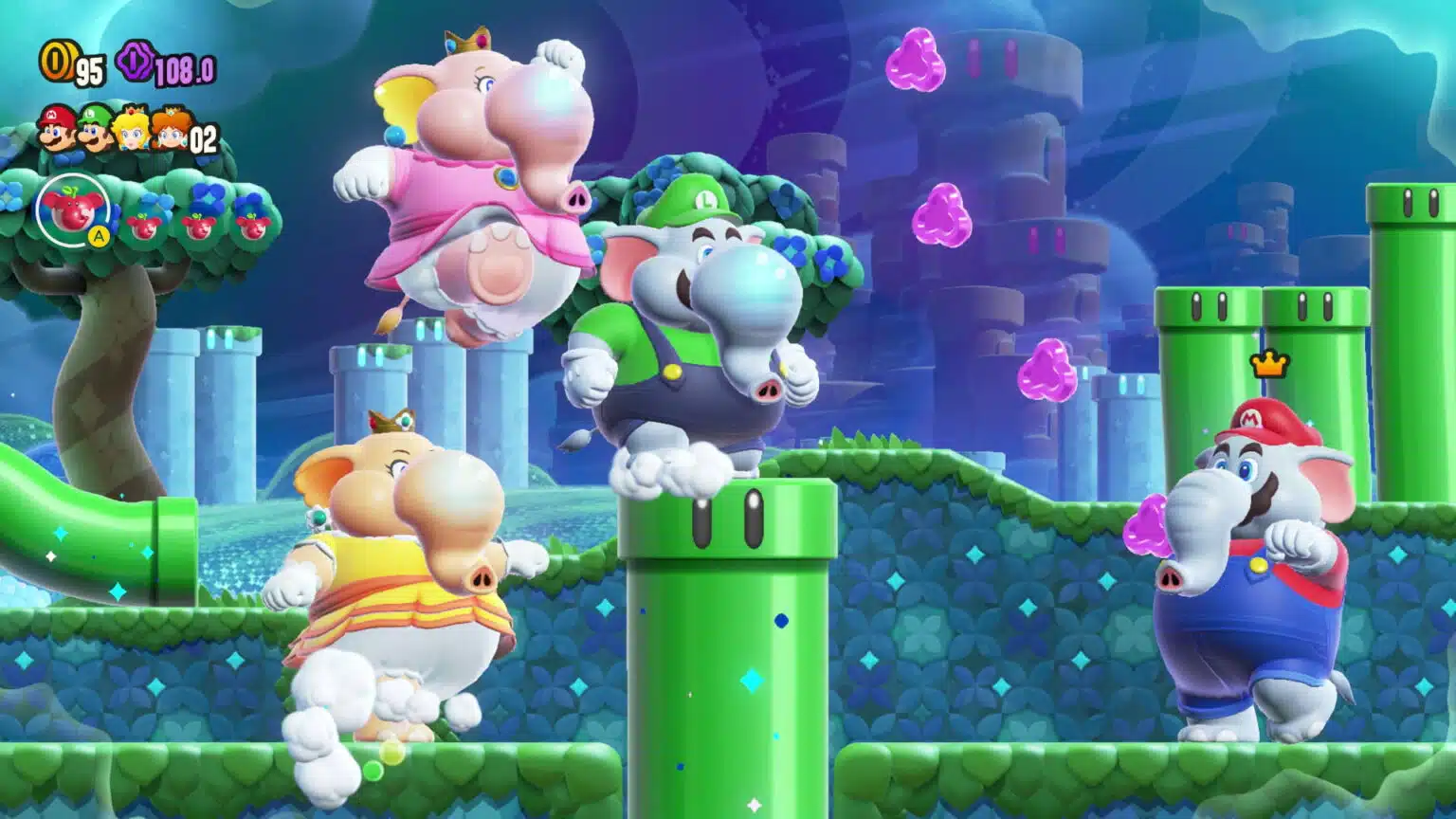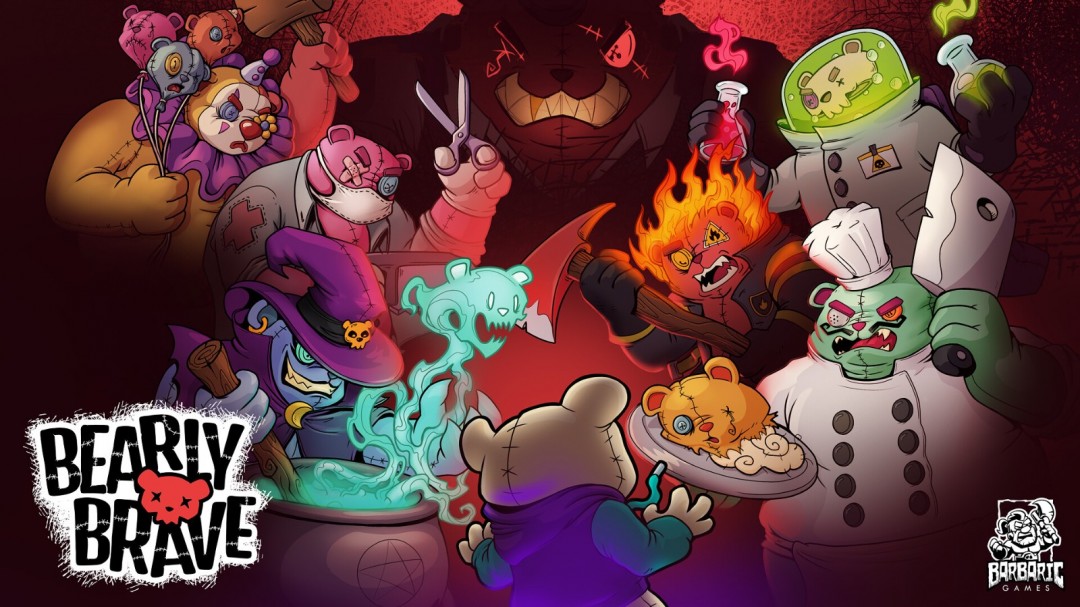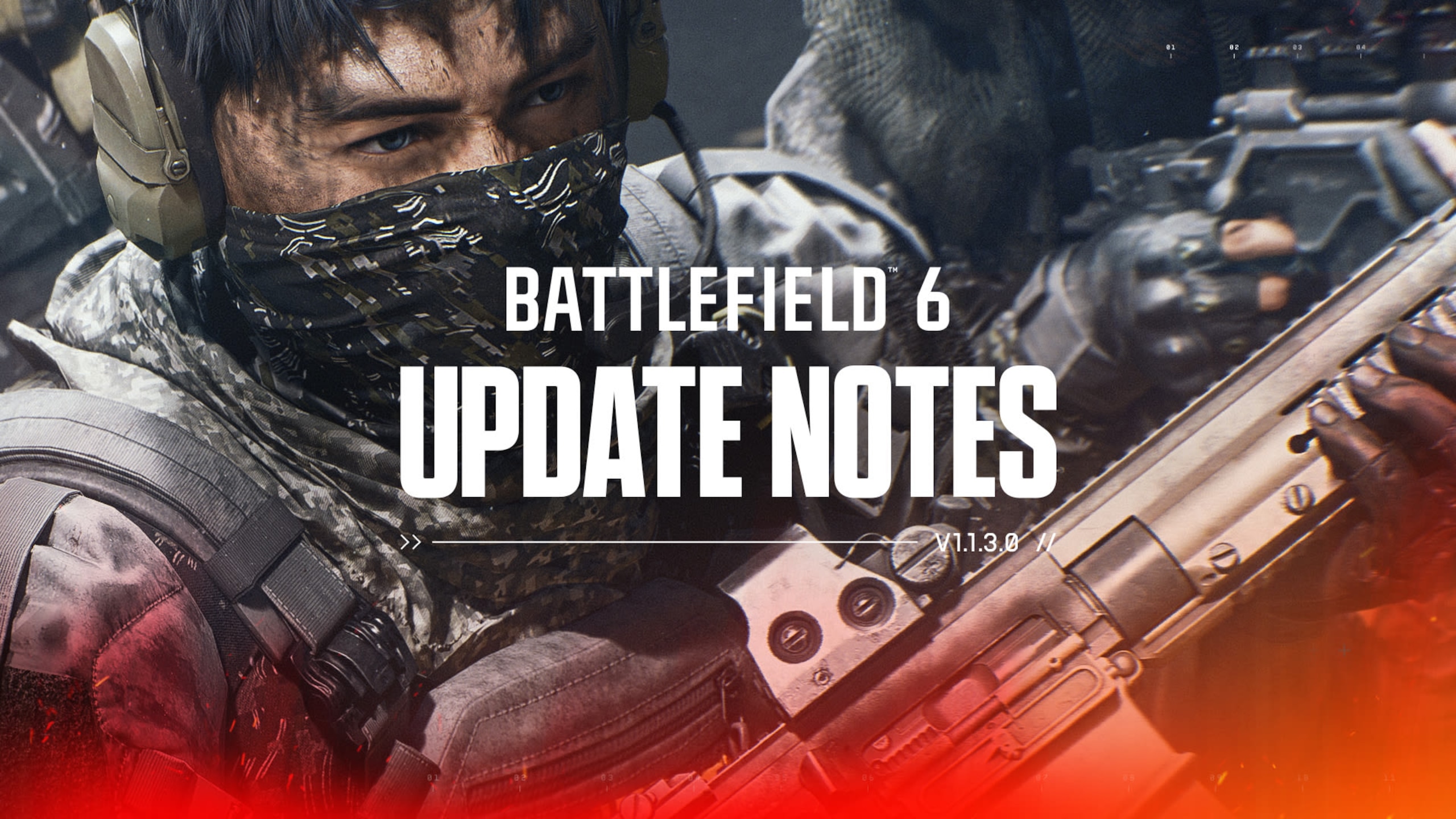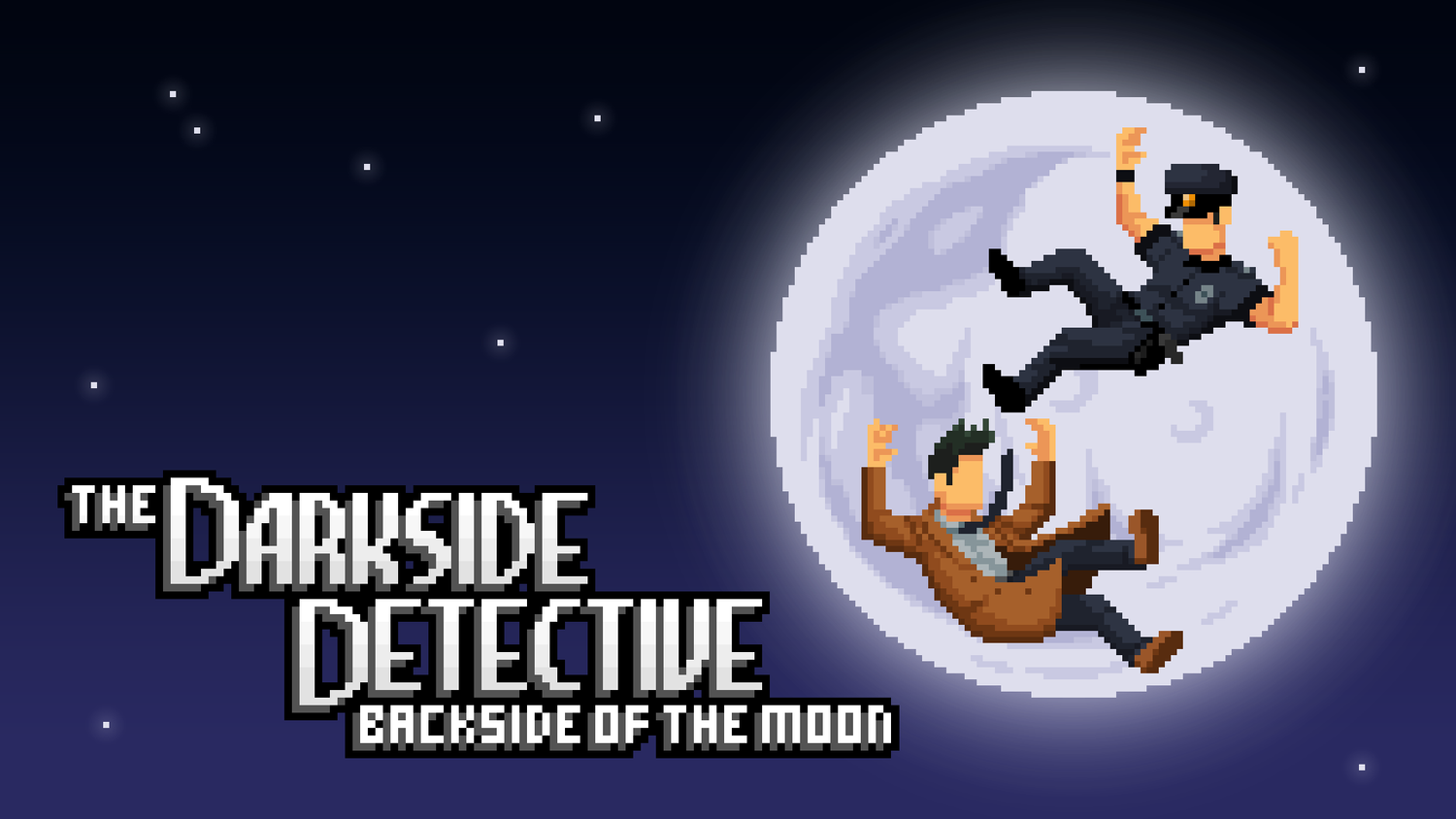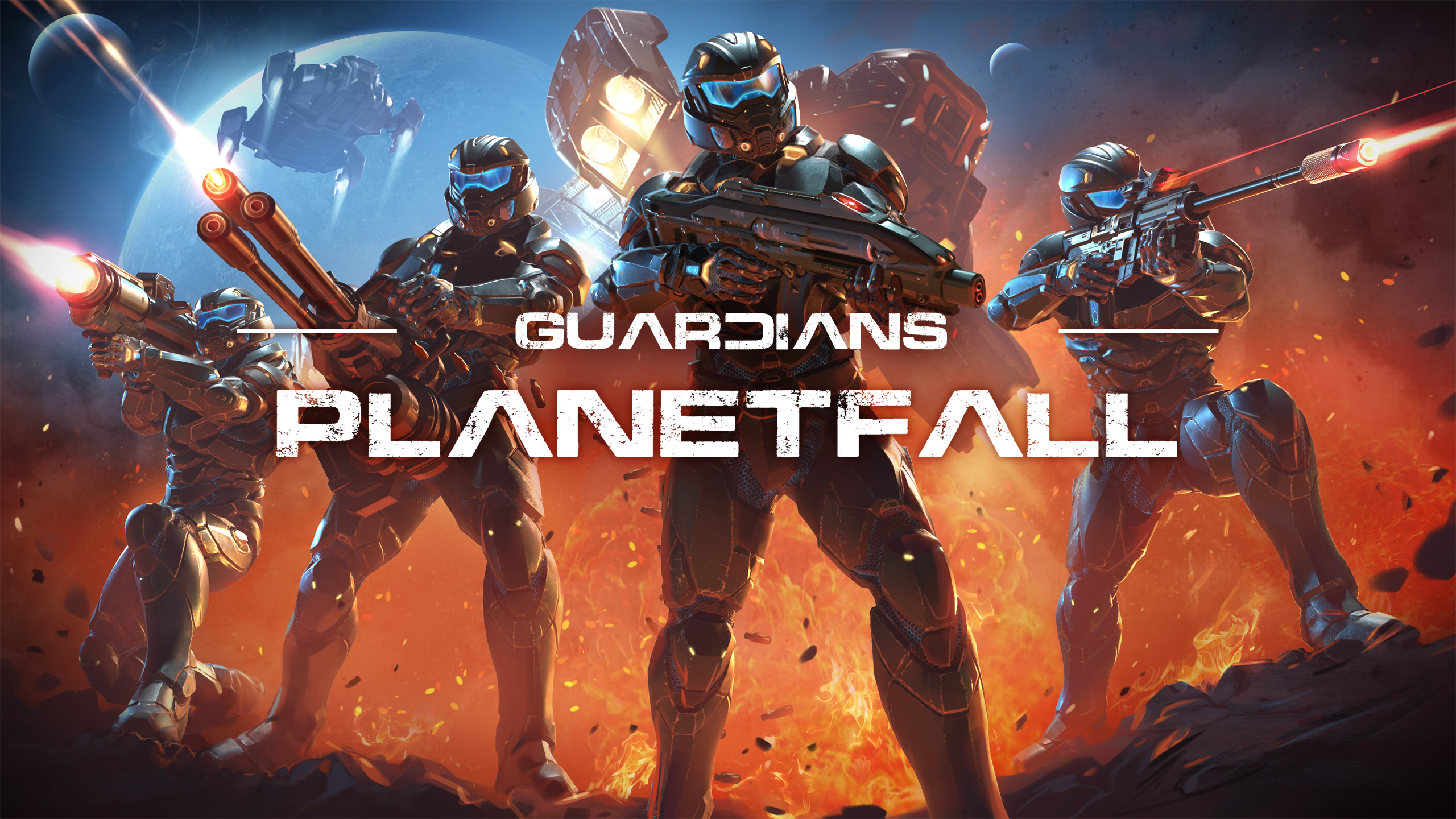Everybody knows who Mario is, with him easily being one of the most recognizable fictional characters on the planet. The Mario game series has evolved in numerous ways over the years, including several spin-offs and sequels. There are many different sectors of the franchise as well, including the 3D platformers, the sports titles, the party games, and more, but the most iconic of them all is still the 2D platformer that took the series to the next level with Super Mario Bros. Now, years later, after multiple sequels to the original and the change to the sometimes controversial New Super Mario Bros. series, the franchise has gone back to its roots yet again, while also moving things in some directions the series has never seen in Super Mario Bros. Wonder.
Return to 2D
Mario has always been a colorful and fun franchise, and Super Mario Bros. Wonder continues this tradition with one of the plumber’s most lively adventures to date. The character models have more life than any of the 2D games have ever had and are right up there with the best 3D character animations in the series. Whether Mario and his friends are running, grabbing a moving rail, or just standing still, you can see the level of detail and care that the developers put into the animations that move as fluidly as ever.
Super Mario Bros. Wonder is, at its core, a traditional Mario 2D platformer where you travel around a world map to select stages. Like some of the more modern entries, though, some areas of this world map are open to where you can explore a bit and choose the order of some of the levels. This adds a little variety to playthroughs for players while also allowing a player to move onto a different stage if they are struggling at one particular level most of the time. The world map is made up of a central island known as the Petal Isles that branch off into the six other worlds that Mario and friends have to travel to to recover Wonder Seeds and eventually the Royal Seed for each world as well. There is also a Special World for you to unlock and explore as well.
As expected from the Mario series, the worlds are split into familiar locations such as desert stages, water stages, and, of course, volcanic stages. There are some other fun styles mixed in as well, including the Fungi Mines world. The stages within each world greatly differ a lot of the time too, offering so much variety in their design to the point where nothing ever feels stale in the game, even upon replay.

It wouldn’t be a new Mario game without some sort of new power-ups, and Super Mario Bros. Wonder delivers in that department. The most prominent of the new power-ups is the Elephant, which has been front and center for the game’s marketing. This has some unique uses beyond the ability to knock enemies with its trunk, such as holding water. The Bubble Flower operates similarly to the Fire Flower but instead shoots out bubbles that can destroy enemies and also be used to be bounced on. Lastly, the Drill power-up is very useful as you can pop into the ground or the ceiling and move around to avoid enemies and also reach areas that would not be reachable otherwise.
Going on a Trip
What completely turns Super Mario Bros. Wonder on its head from past games are the previously mentioned Wonder Flowers that you can activate within most stages. Touching one of these essentially takes Mario and company on a drug trip where everything goes absolutely bonkers. These vary by level, but some examples include having pipes coming to life and moving around, the game turning into basically a top-down game where Mario walks on what would have been the background, and many more. You even get to turn into a Goomba in a couple of them, which is handled very differently from how the Goombas work in Super Mario Odyssey. I was also extremely excited to come across each Wonder Flower because I couldn’t wait to see what creative and wacky ideas the developers came up with for that level.
Typical stages in Super Mario Bros. Wonder feature two Wonder Seeds, three 10-Flower Coins for you to collect, and a flag pole at the end for you to get Wonder status on by jumping onto the very top. Completing each level almost always provides you with one Wonder Seed, while the other is obtained through touching a Wonder Flower and reaching the Wonder Seed in the given timespan. There are a select few stages in the game that also have a third hidden Wonder Seed to collect by finding a secret exit. These also can unlock new paths with extra stages too, so they are very worth searching for. The game does not let you know which levels have these hidden exits, though, so you have to learn what types of signs to look for to find them all.
There are also stages based around one of the game’s new mechanics, known as badges. Every character can be equipped with one badge at a time that you can earn or purchase in the game that gives special abilities. Some of these give bonuses like starting each stage with a Super Mushroom, while others are abilities that you do not have access to without having the badge equipped, such as an extra spin jump or a vine you can shoot out to grab walls. For these badges, there are two stages each that let you test that particular badge out and get it in return for completing the first time.
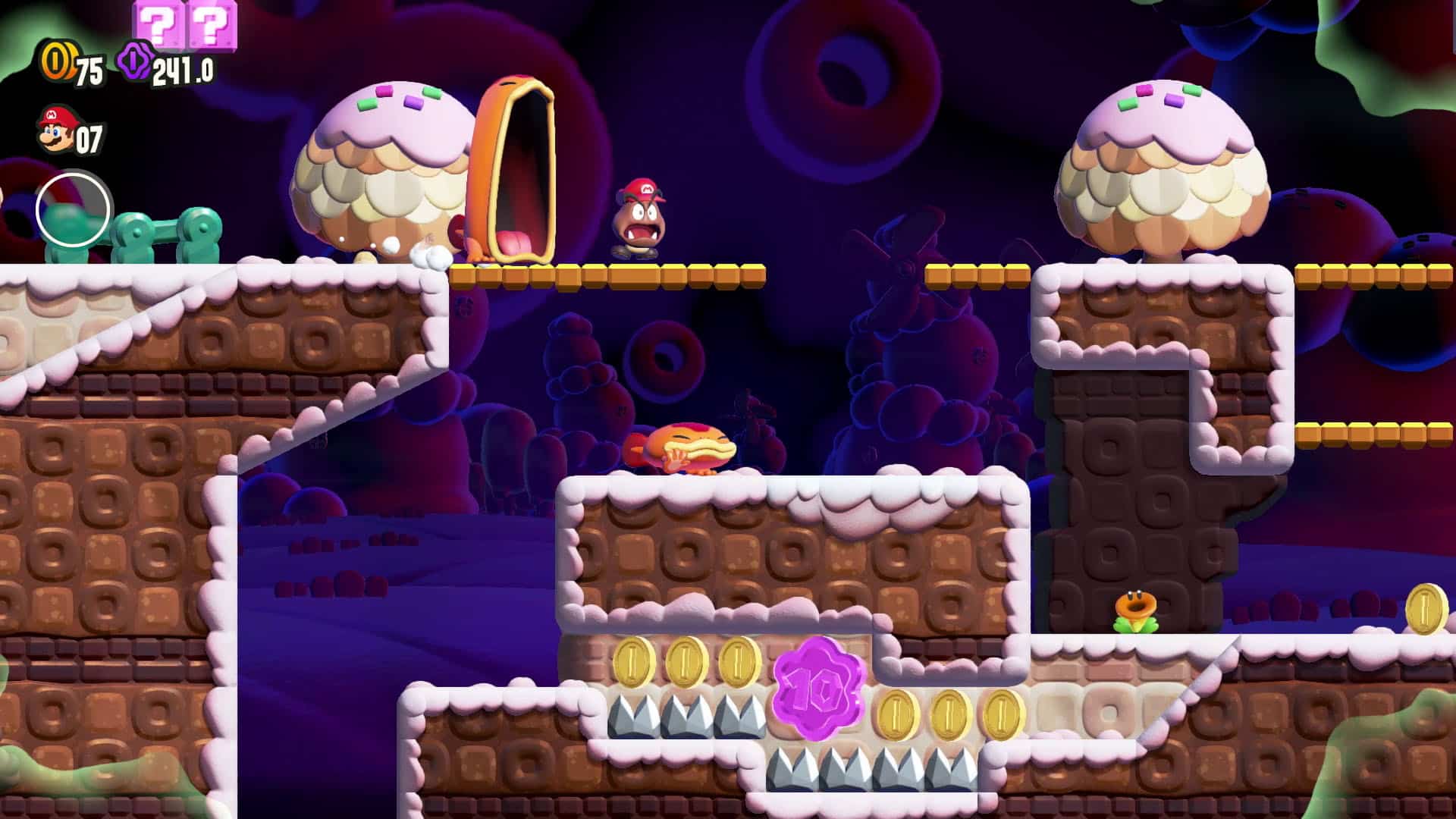
The badge skills all culminate in the game’s ultimate challenge at the end with The Final-Final Test Badge Marathon, which is the game’s final stage that you unlock after doing everything. In this stage, you have to utilize all of the main skill badges in succession, with checkpoints found after every three or four only. While this isn’t as difficult as some past final stages in Mario games like Champion’s Road from Super Mario 3D World, it presents a solid challenge that likely will cause you to lose a good number of lives.
Super Mario Bros. Wonder also has stages in each world that require you to collect a certain number of Wonder Seeds from that specific world to unlock. These typically are the castle-type stages you come to expect, with a boss fight at the end of most of them. There are also Bowser’s airship stages that pop up along your journey that also culminate with what can be considered a boss fight.
While Super Mario Bros. Wonder does pretty much everything right, the boss fights are easily the weakest link in the overall experience. Besides the final fight against Bowser, which is handled differently and was quite enjoyable, the previous boss fights come down to one of two types. The castle stages have you square off against Bowser Jr. in a series of jumping on his head, waiting for him to spin around, and then jumping on it a few more times. The only difference between these is they add some different elements, such as water or clones, to make it more difficult.
The Bowser’s airship fights consist of a conveyor belt with a few obstacles that you can run right past for the most part and get to a robotic Bowser contraption that all you have to do is jump on top of and ground pound one time to defeat. It’s disappointing that more time wasn’t put into these boss fights to make them much more memorable, like those found in Super Mario World and Yoshi’s Island, but they end up being just about the only underwhelming part of the game as a whole.
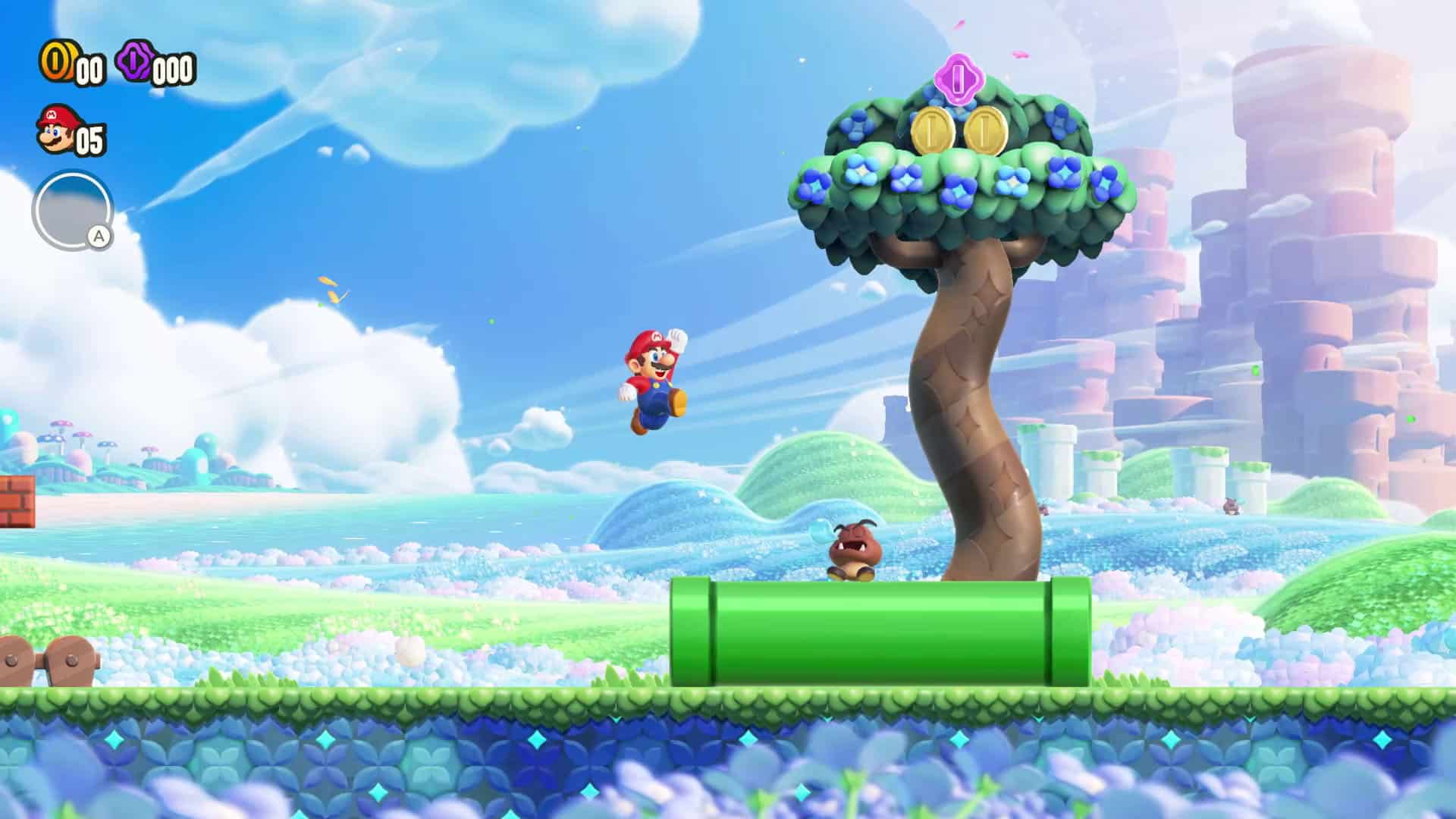
Super Mario Bros. Wonder also lets you play as not just Mario but a whole cast of 11 other characters that has to be the largest playable roster for a 2D Mario game outside of something like Super Mario Maker. Mario, Luigi, Peach, Daisy, the two colored Toads, and Toadette all play the same, so do not expect variation in abilities like in Super Mario Bros. 2. There are then four Yoshi as well as Nabbit to choose from that essentially serve as the game’s easy mode, as they usually cannot take damage. I do wish that one Yoshi was available without nerfing the difficulty because I do enjoy the gameplay with Yoshi but do not care for the difficulty drop when using one of them.
One major element of the New Super Mario Bros. series that got a lot of criticism was the style of music that was found in each of them, really not allowing any of them to set themselves apart from the others stylistically. Super Mario Bros. Wonder instead eschews this for a brand new soundtrack that is one of the jolliest in the franchise. The music really helps to capture the zany nature of this game, especially when activating a Wonder Flower. Even though the music is typically the same in these sections, it is a perfect fit for these hallucination-like sections, which keep the music throughout the rest of the game very fresh.
Verdict
As hard as it is to believe, it has been over a decade since the last traditional Mario 2D platformer that isn’t a re-release. Clearly, Nintendo has been biding their time as they have now given us one of the greatest entries in the series to date with Super Mario Bros. Wonder. Outside of the lackluster boss battles, everything else in this game is superb and truly exemplifies what a great Mario game should be. While some people may be awaiting a follow-up to Odyssey, Super Mario Bros. Wonder rejuvenates the 2D side of the series with a game that is perfect for people of all ages and should not be overlooked in the twilight years of the Nintendo Switch.

